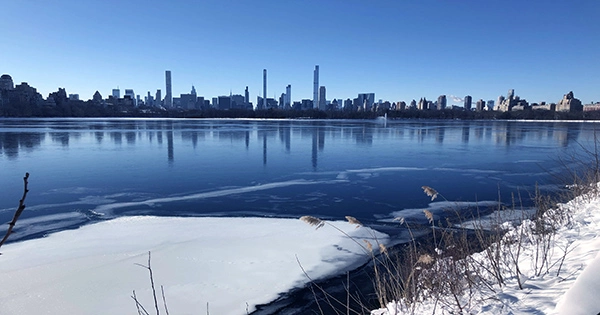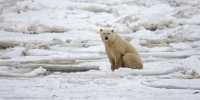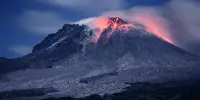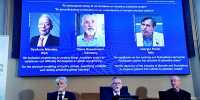A recent NASA trip revealed that methane-belching bacteria are rife in newly formed lakes caused by thawing glaciers in Alaska. The development of these bubbling lakes is aggravating the climate issue and destabilizing the local ecology because methane is a powerful greenhouse gas.
They are referred to as thaw lakes or thermokarst lakes. They develop as the ground’s permafrost thaws as a result of rising temperatures, collapsing the surface and creating a sinkhole. The newly constructed hole will eventually be filled with water, becoming a lake.
These thermokarst lakes have become more prevalent in Alaska in recent decades, much to the consternation of scientists. Big Trail Lake in Alaska and other thermokarst lakes are being studied by NASA’s Arctic Boreal Vulnerability Experiment (ABoVE) project to determine how they originate and how they might affect the surrounding environment.
The issue is that the permafrost has held microorganisms on ice for many years. Now that they are out of the deep freeze, they may eat organic debris and expel methane and carbon dioxide into the atmosphere.
“At Big Trail Lake, it’s like first opening your freezer door and allowing all the stuff inside to decay due to germs. According to Katey Walter Anthony, an ecologist at the University of Alaska-Fairbanks working on the ABOVE project, “they are spitting out methane gas as they degrade it.”
In the Northern Hemisphere, permafrost is thought to cover an area of 23.3 million square kilometers (9 million square miles), which is about the combined size of the United States, China, and Canada. It is melting in certain areas of the earth so quickly that it is damaging scientific equipment, especially at the higher latitudes.
In areas like Big Trail Water, the gas produced by the bacteria is so abundant that you can actually see bubbles rising to the surface of the lake.
A very unsettling feedback loop is being produced by all of this methane and carbon dioxide being emitted by the thawing permafrost.
The greenhouse gases that the bacteria release as the permafrost melts and they begin to grow again will drift into the Earth’s atmosphere where they will trap heat and further contribute to climate change.
This is especially alarming because methane is known as the greenhouse gas that “lives fast and dies young.” Although it is relatively short-lived, it is more than 25 times as effective as carbon dioxide at trapping heat in the atmosphere.
It’s important to keep in mind that methane can occasionally be used to fuel gas stoves. When a match is ignited close to the opening of a bottle that has been filled with gas, it will explode into flames.
Although it is unlikely that these lakes will ignite a big ball of fire in the Alaskan tundra, experts are closely monitoring the wider issue of permafrost thawing. In addition to aggravating the planet’s climate change, the thawing of the ice poses the very real risk of releasing and reawakening ancient viruses.














